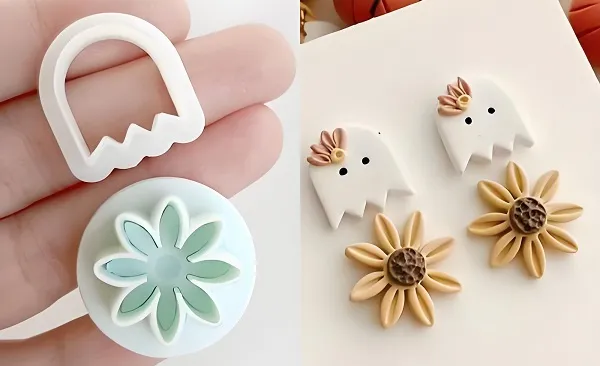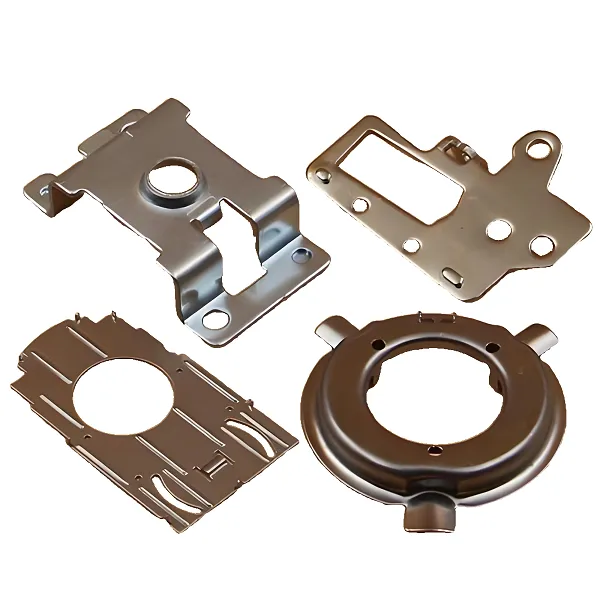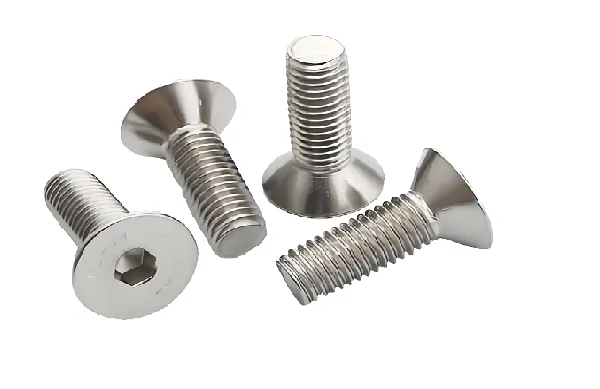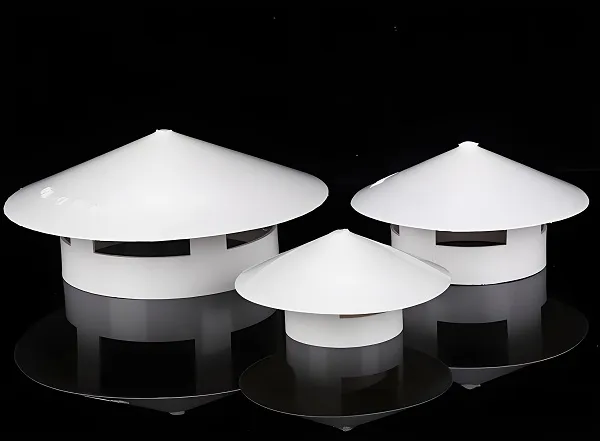Plastic wing nuts, also known as plastic wing nuts or plastic nuts, have a wide range of applications in several industries as they are commonly used to connect two or more parts and ensure their stability and safety. The following is a detailed analysis of plastic wing nuts:
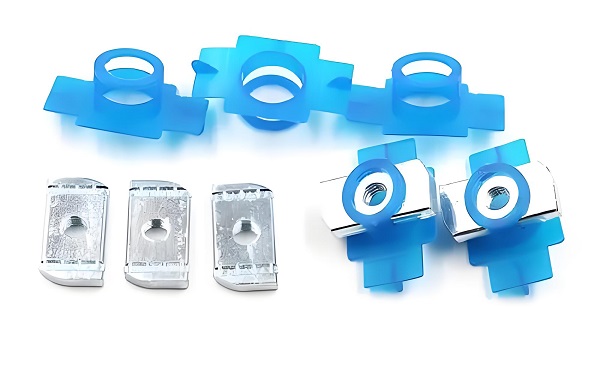
1. Material and Classification
Material: The main material of plastic wing nut is plastic, especially nylon, so it is often called nylon nut. In addition, there are PC nuts, PVDF nuts, PP nuts and other materials to meet the needs of different application scenarios.
Classification: According to different shapes, plastic wing nuts can be divided into spacer plastic wing nuts, plastic self-locking nuts, hexagonal plastic wing nuts, cap plastic wing nuts, etc.; according to the specification of the thread, there are metric thread plastic wing nuts, inch thread plastic wing nuts, gold thread plastic wing nuts, etc..
2.Characteristics and advantages
Lightweight: plastic material makes the overall weight of the nut lighter, easy to handle and install.
Insulation: Plastic has good insulating properties and is suitable for the connection of electrical equipment.
Ease of operation: some plastic wing nuts are designed with special wing structure, which can be easily tightened or loosened without using tools, improving work efficiency.
Corrosion resistance: Compared with metal nuts, plastic nuts have better corrosion resistance in wet or corrosive environments.
3.Customized Plastic Wing Nuts Process
Design Phase
Demand analysis: First of all, it is necessary to clarify the customer’s specific demand for plastic wing nut parts, including size, shape, material, performance requirements (such as strength, abrasion resistance, corrosion resistance) and batch size.
Drawing design: according to the needs, the use of CAD (computer-aided design) software to draw detailed drawings of the parts, including two-dimensional drawings and three-dimensional model. All key dimensions, tolerances, material grades and technical requirements should be clearly labeled in the drawings.
Process planning: According to the drawings and material properties, plan the appropriate processing process route. For plastic wing nut parts, injection molding, CNC (numerical control) machining, post-processing and other process steps usually need to be considered.
●Material selection
Plastic material: Select the appropriate plastic material according to the use environment and performance requirements of the part. Common plastic materials include ABS, POM, PEEK, etc. They have different physical and chemical properties and are suitable for different application scenarios.
Material certification: Ensure that the selected materials comply with relevant standards and regulatory requirements, such as RoHS, REACH and other environmental standards.
● Processing and manufacturing
Injection molding:
Mold design: Design the injection mold according to the part drawing to ensure the precision and durability of the mold.
Injection Molding Process: Inject the molten plastic into the mold and form the part after cooling. The injection process requires control of parameters such as injection pressure, temperature, and time to ensure the quality of the part.
CNC Processing:
For parts that require further processing after injection molding (e.g., removing flying edges, drilling, tapping, etc.), CNC machining can be used.CNC machining is characterized by high precision and high efficiency, and is able to satisfy the machining needs of complex parts.
Post-processing:
Including deburring, cleaning, inspection and other steps to ensure the surface quality and dimensional accuracy of the parts.
●Quality Control
First Piece Inspection: Before mass production, the first machined part is thoroughly inspected to ensure that it meets the design requirements.
Process monitoring: During the machining process, real-time monitoring of the machining quality is carried out through the online measurement system or manual inspection, so that problems can be detected and adjustments can be made in a timely manner.
Final Inspection: Comprehensive inspection of the machined parts, including size, shape, surface roughness, etc., to ensure that the products meet the quality standards.
Delivery and after-sales service
Packaging and Transportation: Choose the appropriate packaging method according to the characteristics of the parts and customer needs to ensure that the parts are not damaged during transportation.
After-sales service: Provide perfect after-sales service, including technical support, quality problems handling, etc., to ensure customer satisfaction.
Plastic Wing Nuts Product Related FAQ
Q: What are the advantages of plastic wing nuts over traditional metal nuts?
A: The main advantage of plastic wing nut is that it has good insulating property, which will not cause interference due to electric current or other signals; at the same time, its resistance to acid and alkali is better than that of some metal materials, which is suitable for special environments. In addition, the wing attachments of plastic wing nuts are easy to tighten and dismantle manually without the need for specialized tools, which improves work efficiency.
Q: What is the load capacity of plastic wing nuts?
A: Although plastic wing nuts have a certain load-bearing capacity, their torque and strength still have a certain gap compared with traditional metal nuts. Therefore, it is necessary to avoid using them for parts that are subject to large loads.
Q: How to choose the right plastic wing nut?
A: When selecting plastic wing nuts, it is necessary to consider the actual application scenario, required load carrying capacity, environmental conditions and other factors. Plastic wing nuts of different materials, shapes and thread specifications are suitable for different occasions, so it is recommended to consult professionals or refer to the relevant technical data when selecting.
Q: Is it easy to install and dismantle plastic wing nuts?
A: Yes, plastic wing nuts are very easy to install and remove. Due to the design of its wing attachment, users can manually rotate and remove the nut without the use of specialized tools, which greatly improves work efficiency. At the same time, the wing attachment also serves to prevent loosening, ensuring stable operation of the equipment.

